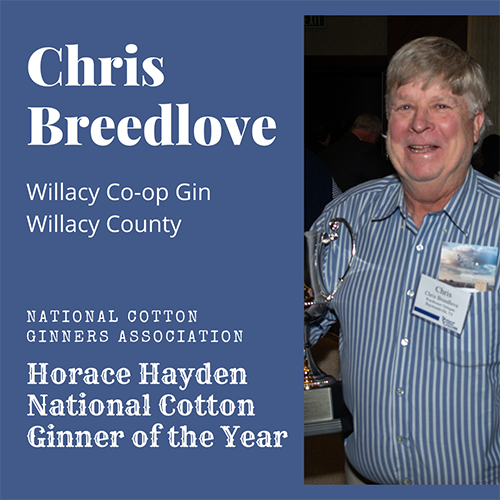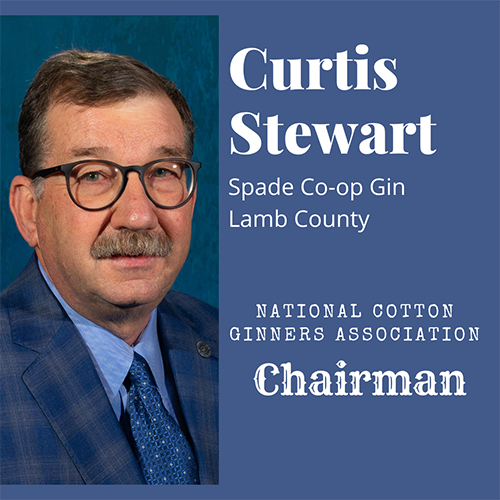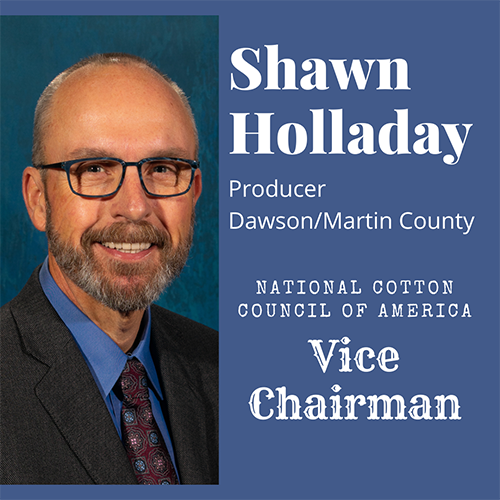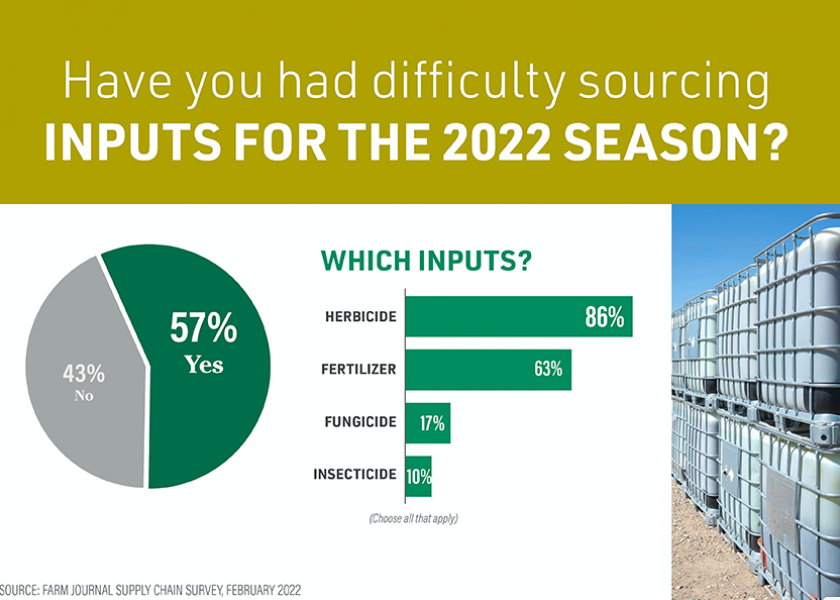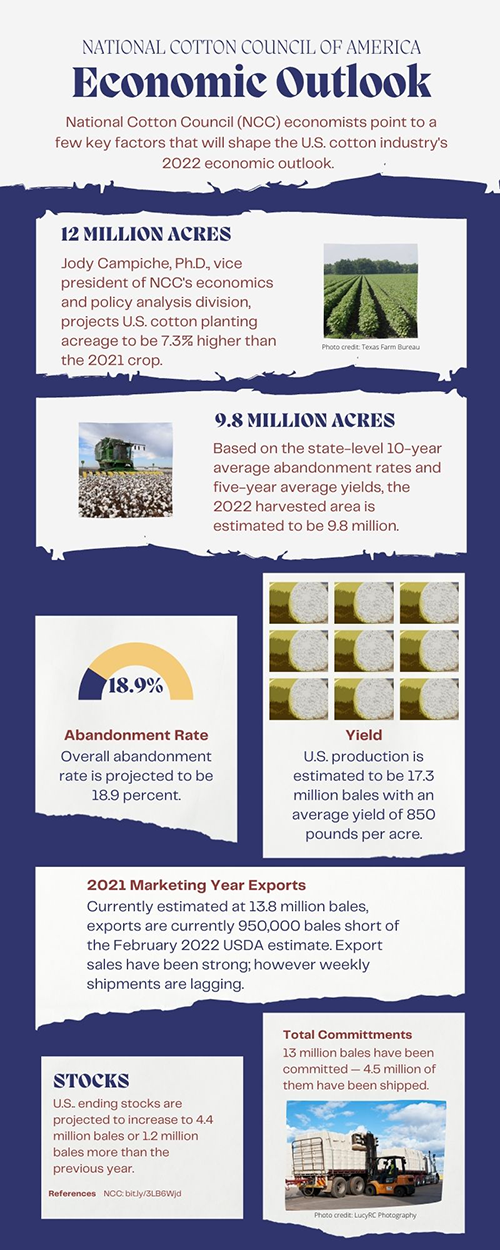
House Republicans Appeal to EPA to Protect Dicamba Usage
Rep. Jim Baird, R-Ind., and 65 of his GOP colleagues are urging the Environmental Protection Agency (EPA) to take steps to ensure growers can continue to use dicamba in over-the-top applications, according to an article by Agri-Pulse.
EPA announced in December that it was considering further restrictions on the herbicide, stating that measures imposed for 2021 had failed to reduce complaints of herbicide drift.
Lawmakers claim this report to be flawed, noting that producers have already placed orders for the chemical to use during the upcoming growing season.
“Bottom lines of producers would be negatively impacted should new restrictions arise for dicamba,” said Kody Bessent, Plains Cotton Growers Inc. “Considering the shortage of glyphosate that is on the horizon, producers need to be able to use dicamba as a tool for crop protection.”
Got Glyphosate?
A “substantial reduction in production rates” at a manufacturing plant that supplies one of the raw ingredients needed to make glyphosate herbicide will affect Bayer’s ability to deliver products containing the chemical, the company says.
2022 National Cotton Council of America Officers and Award Winners
The following producers, ginners and cooperative officials were named officers or award winners at the 2022 National Cotton Council of America (NCC) Annual Meeting in Houston, Texas.
NCC Vice Chairman: Shawn Holladay
NCC Advisory Board Member: Barry Evans
Cotton Council International (CCI) President: Carlos Garcia
National Cotton Ginners Association Chairman: Curtis Stewart
CCI Director: Kevin Brinkley
NCC Board of Directors: Robert Lacy, Eric Wanjura, Keith Lucas
American Cotton Producers State Producer Chairmen: Brent Nelson, Stacy Smith
Should I Buy STAX?
One of the questions we’ve been asked the most is whether a producer should purchase a Stacked Income Protection Plan (STAX) insurance policy for the 2022 crop year.
purchase a Stacked Income Protection Plan (STAX) insurance policy for the 2022 crop year.
While we would never presume to know what’s best for a producer — because we are neither on the hook for paying the premiums, nor do we know a particular producer’s financial situation or appetite for risk — we have been encouraging producers to take a closer look at STAX.
Tracing Cotton in Clothing to its Geographic Source
Technology that identifies the source of cotton sampled by analyzing its genetic or chemical footprint is appealing to fashion brands worried about their fibers’ origins. However, turning this concept into reality is not as simple as it sounds.
Polymerase chain reaction (PCR) testing, which deploys the same concept described above to detect COVID-19, could potentially analyze cotton’s DNA as well. “The results can then be checked against a database of known samples to separate, say organic material grown in Gujarat from cotton coming from Xinjiang, which the U.S. banned from import last year,” said Marc Bain, journalist for the Business of Fashion.
While far from reality at the moment, producers should expect rising demand for genetic tracing from brands and retailers in the future.
2021 Cotton Quality Summary
Week Ending: 2/18/22
The following is a summary of the cotton classed at the Lubbock and Lamesa USDA Cotton Division Cotton Classing Offices for the 2021 production season.
- Avg. Daily Receipts
- Avg. Daily Classed
- Carryover (Bales)
- Percent Classed (estimated)
- Bales
- Color
- Leaf
- Staple
- Mike
- Strength
- Uniformity
- Bark
Lamesa: 7,051
Lubbock: 2,343
Lamesa: 7,491
Lubbock: 3,083
Lamesa: 2,878
Lubbock: 1,534
Lamesa: 96.1%
Lubbock: 99%
Lamesa: 42,699
Lubbock: 15,413
Lamesa:
21+ – 79.9
31 – 18.4
12 – 0.1
Lubbock:
21+ – 85.3
31 – 12.7
12 – 0.5
Lamesa: 1.82
Lubbock: 2.26
Lamesa: 35.12
Lubbock: 34.92
Lamesa: 3.8
Lubbock: 3.74
Lamesa: 29.54
Lubbock: 29.43
Lamesa: 79.54
Lubbock: 79.88
Lamesa: 6.3%
Lubbock: 7.0%
Season Totals to Date
Lamesa: 1,585,530
Lubbock: 3,425,555
Lamesa:
21+ – 90.6
31 – 4.7
12 – 2.2
Lubbock:
21+ – 87.5
31 – 4.5
12 – 4.2
Lamesa: 1.87
Lubbock: 2.21
Lamesa: 35.46
Lubbock: 35.94
Lamesa: 3.86
Lubbock: 3.75
Lamesa: 30.27
Lubbock: 30.48
Lamesa: 79.69
Lubbock: 80.11
Lamesa: 3.5
Lubbock: 4.7

